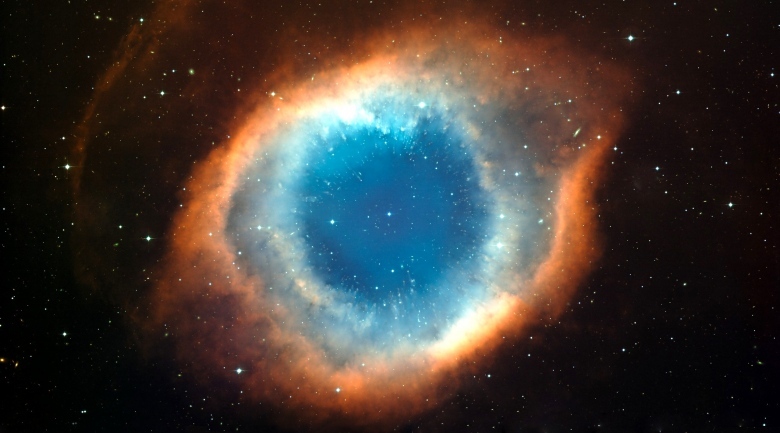
The quest to find the most mysterious particles in the Universe is entering a critical phase, scientists say. An experiment located in the bottom of a gold mine in South Dakota, US, could offer the best chance yet of detecting dark matter. Scientists believe this substance makes up more than a quarter of the cosmos, yet no-one has ever seen it directly.
Early results from this detector, which is called LUX, confirmed it was the most powerful experiment of its kind. In the coming weeks, it will begin a 300-day-long run that could provide the first direct evidence of these enigmatic particles.
Beneath the snow-covered Black Hills of South Dakota, a cage rattles and creaks as it begins to descend into the darkness. For more than 100 years, this was the daily commute for the Homestake miners searching for gold buried deep in the rocks.
Today, the subterranean caverns and tunnels have been transformed into a high-tech physics laboratory.
Scientists now make the 1.5km (1-mile) journey underground in an attempt to solve one of the biggest mysteries in science.
"We’ve moved into the 21st Century, and we still do not know what most of the matter in the Universe is made of," says Prof Rick Gaitskell, from Brown University in Rhode Island, one of the principle investigators on Large Underground Xenon (LUX) experiment.
